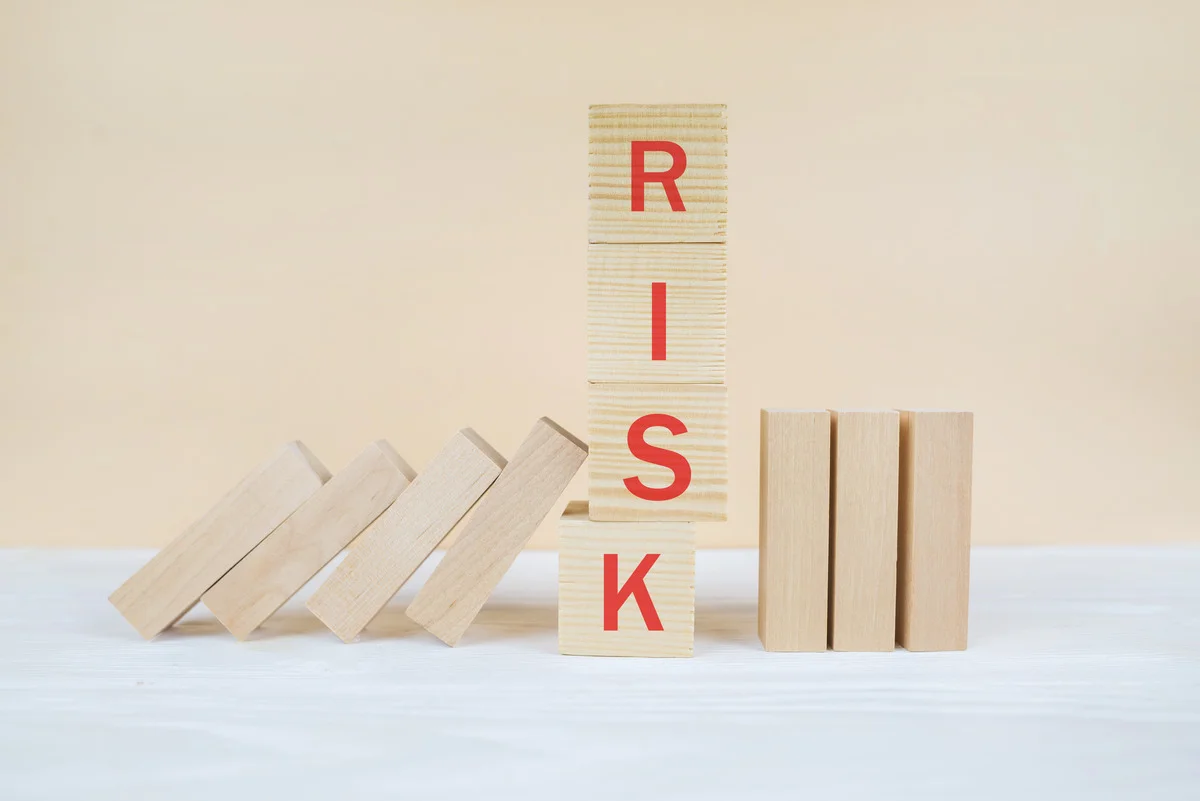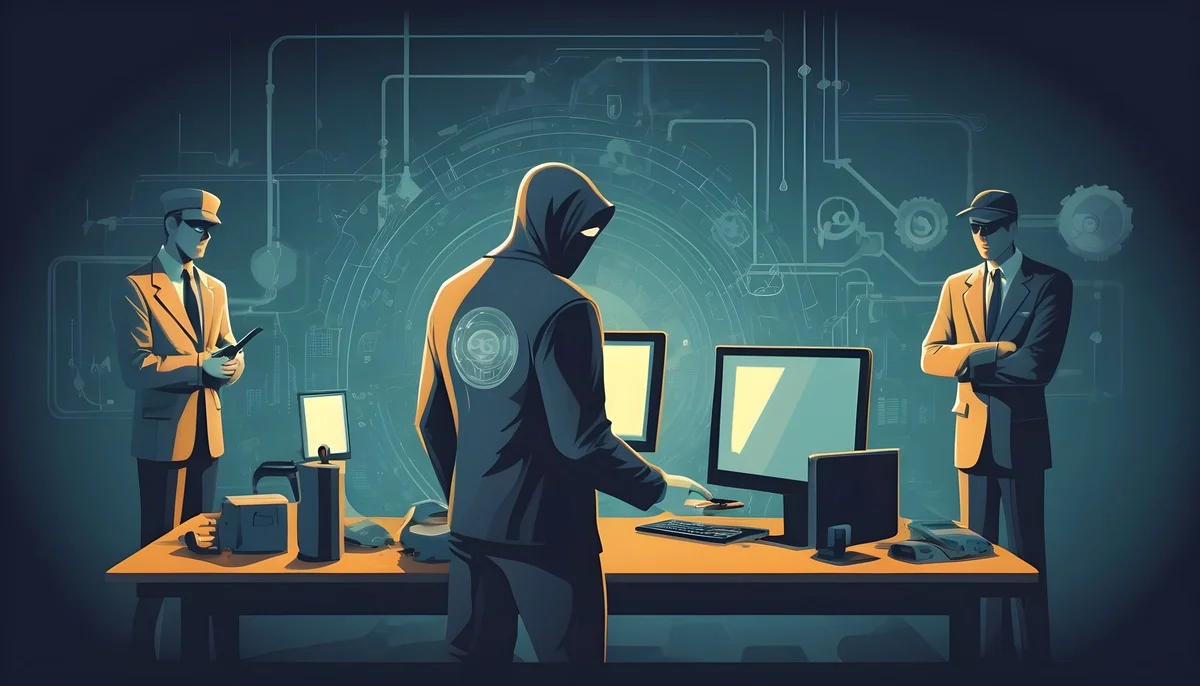Security clearance is a status granted to individuals that allows them access to classified information or restricted areas. It is typically obtained through a thorough background check and investigation into the individual’s personal and professional history. There are different levels of security clearance, ranging from confidential to top secret, depending on the level of sensitivity of the information being accessed.
Now, let’s learn more about security clearance, including the steps involved in obtaining it and the various types available.
What is Security Clearance?
A security clearance is a determination by an organisation, usually a government agency, that a person is authorised to access classified information or restricted areas.
It is a process that involves looking into an individual’s background, character, and trustworthiness to ensure they meet the necessary security standards. The clearance level varies, with higher levels indicating greater sensitivity to the information or access being granted.
Who Needs a Security Clearance?
Security clearance is typically required for individuals who need access to classified information. This is often the case for federal government employees and contractors. In order to qualify for clearance, you must work for a federal government agency or contractor, and your agency must decide that your role requires clearance.
There are certain agencies where jobs commonly require security clearances. These include the Department of Defense (DOD), the Department of Homeland Security, the Department of Energy (DOE), the Department of State (DOS), and the FBI.
The roles that require security clearance can vary widely. They range from executive-level roles to non-sensitive positions in custodial staff, librarians, IT system administrators, and more. Once hired, you can begin the process of receiving clearance. As of a 2019 report, about 4.3 million Americans hold security clearance. This number reflects those who hold confidential, secret, and top-secret clearance.
Pen testers, also known as penetration testers, may require security clearance, depending on the nature of the organisation they are working for. For example, if a pen tester is conducting tests for a government agency or a company that deals with sensitive information, they may need security clearance to access certain systems and data.
Learn more about the topic in our previous post, ‘Penetration Testing: What It Is and The 5 Stages of The Process‘.
How to Get a Security Clearance
Background checks, verification of personal and professional history, and potential interviews are all part of the structured process of obtaining security clearance. To facilitate the clearance process, applicants must submit the necessary documentation and collaborate with investigators.
According to the Indeed blog, these are the specifics of each step:
- Application: The individual submits an application for clearance, which may include personal and employment history, as well as any relevant security questionnaires.
- Investigation: A background investigation is conducted, which may involve interviews with friends, neighbours, supervisors, and co-workers, as well as a review of financial, criminal, and other records.
- Interim Eligibility: Once the investigation is complete, the individual may be granted interim eligibility, which allows them to access certain information or areas on a limited basis.
- Final Clearance Determination: The sponsoring agency makes the final clearance determination based on the investigation results and the individual’s eligibility for access to classified information.
- Periodic Reinvestigations: To maintain a security clearance, individuals are subject to periodic reinvestigations and continuous monitoring of their background.
Benefits of Security Clearance
Increased job opportunities, higher pay, and the ability to work on sensitive projects that require access to classified information are some of the benefits of having a security clearance. Additionally, having a security clearance can also enhance an individual’s professional reputation and credibility within their field.
Aside from that, here are some other important benefits of having a security clearance:
- Access to Exclusive Hiring Opportunities: Security clearances open up a range of job opportunities, particularly in the government and defence sectors, which may not be accessible to individuals without clearance.
- Increased Earning Potential: Jobs that require security clearances often come with higher salaries and better compensation packages, as they are in high demand and require specialised skills.
- Easier Access to Higher Clearances: Obtaining a security clearance can make it easier to acquire higher clearances in the future, which can lead to even more job opportunities and higher pay.
- Contributing to National Security: Working in roles that require security clearances allows individuals to contribute directly to the protection and defence of the United States.
- Professional Growth and Development: Jobs with security clearances often offer extensive opportunities for professional growth and development, including specialised training, advanced education programs, and certification programs.
- Competitive Compensation: Many national security positions offer competitive salaries and comprehensive benefits packages, which can be attractive to job seekers.
- Diverse Career Paths: Security clearances can open up a wide range of disciplines and sectors, allowing individuals to find a role that aligns with their interests, skills, and expertise.
- Making a Difference: Working in roles that require security clearances can have a direct impact on the safety and well-being of millions of people, making it a fulfilling and engaging career.
A security clearance can also give you a competitive advantage in the job market because it shows employers that you have gone through a thorough background check and are less likely to pose a security risk.
What Are the 5 Levels of Security Clearance?
Actually, there are only 3 levels of security clearance that are mainly used by US government agencies: top secret, secret, and confidential. However, there are two other levels issued by the United States Department of Energy. Those two levels of security clearance are Q clearance and L clearance.
Here is an explanation of each security clearance.
- Top Secret: The highest level of clearance, granted to people who have undergone background checks and demonstrated a need to know
- Secret: Grants access to classified information that could cause serious damage if disclosed without authorisation.
- Confidential: Grants access to information that could damage national security if leaked, and is required for many government positions that involve routine access to classified information.
- Q Clearance: An individual with this level of clearance can access sensitive data, including top-secret data. The level includes unique Q-cleared security areas and special access to “Restricted Data.”
- L Clearance: The US Department of Energy also offers this level. Access to classified material up to and including Top Secret information is granted to holders of L Clearance. Access to “Formerly Restricted Data” in certain “limited” areas is included with the level.
For government positions requiring routine access to classified information, having the necessary security clearance is critical for conducting a thorough root cause analysis and implementing effective security measures to prevent future incidents. But, what exactly is root cause analysis?
Learn more in our post, ‘Root Cause Analysis: Definitions, Types, Methods, and 5 Steps for Implementation‘.
Conclusion
Security clearance is critical in today’s digital age to protect sensitive information and ensure national security. Individuals pursuing careers that require access to classified information must understand the importance of security clearance, the process of obtaining it, and the associated benefits.
In addition to understanding the need for security clearance to access classified information, you must also recognise the importance of cybersecurity in safeguarding this data. Cybersecurity measures are essential in protecting sensitive information from unauthorised access and ensuring that national security remains intact.
That’s why you should look for experts to help protect your company from cyberattacks.
Nexa Lab security hardening services provide a wide range of cyber security services, including vulnerability assessments, application security enhancements, incident response planning, custom security strategies, access control and authentication, and security awareness training.
Nexa Lab was founded and established in Australia, with over 30 years of experience in the MSP and IT industries. With a commitment to cybersecurity, we prioritise protecting Australian businesses’ digital assets and sensitive data.




